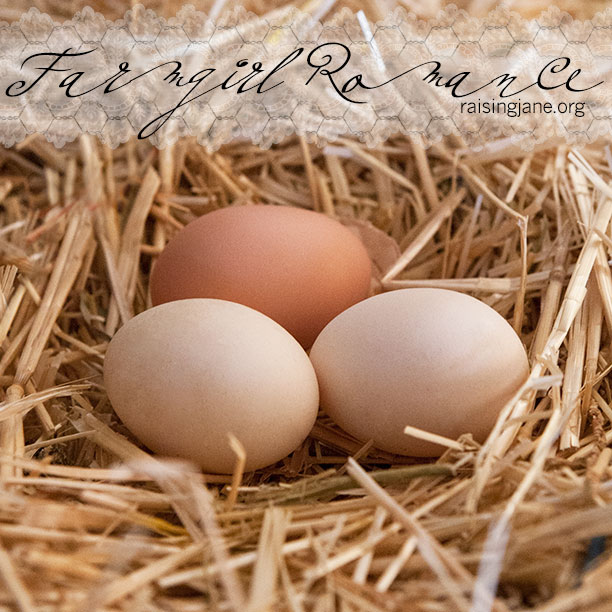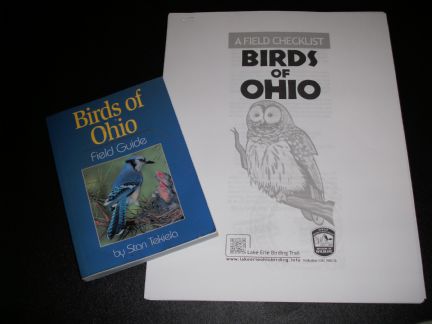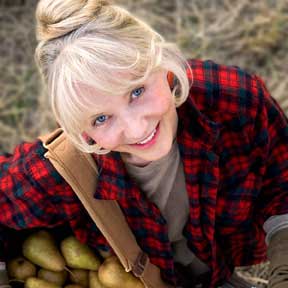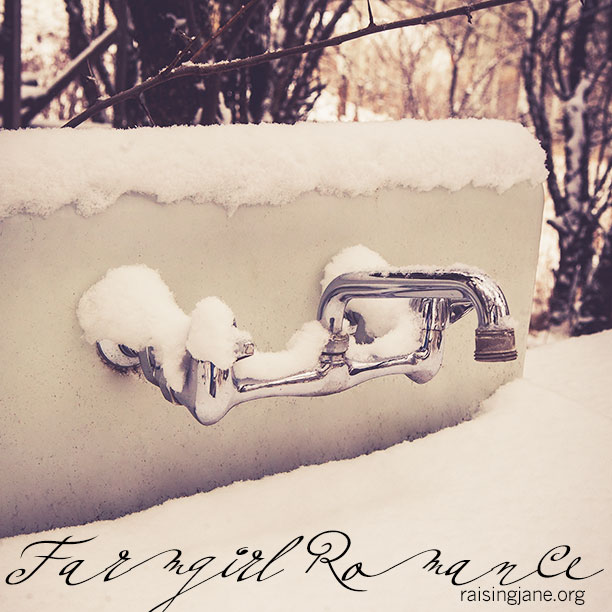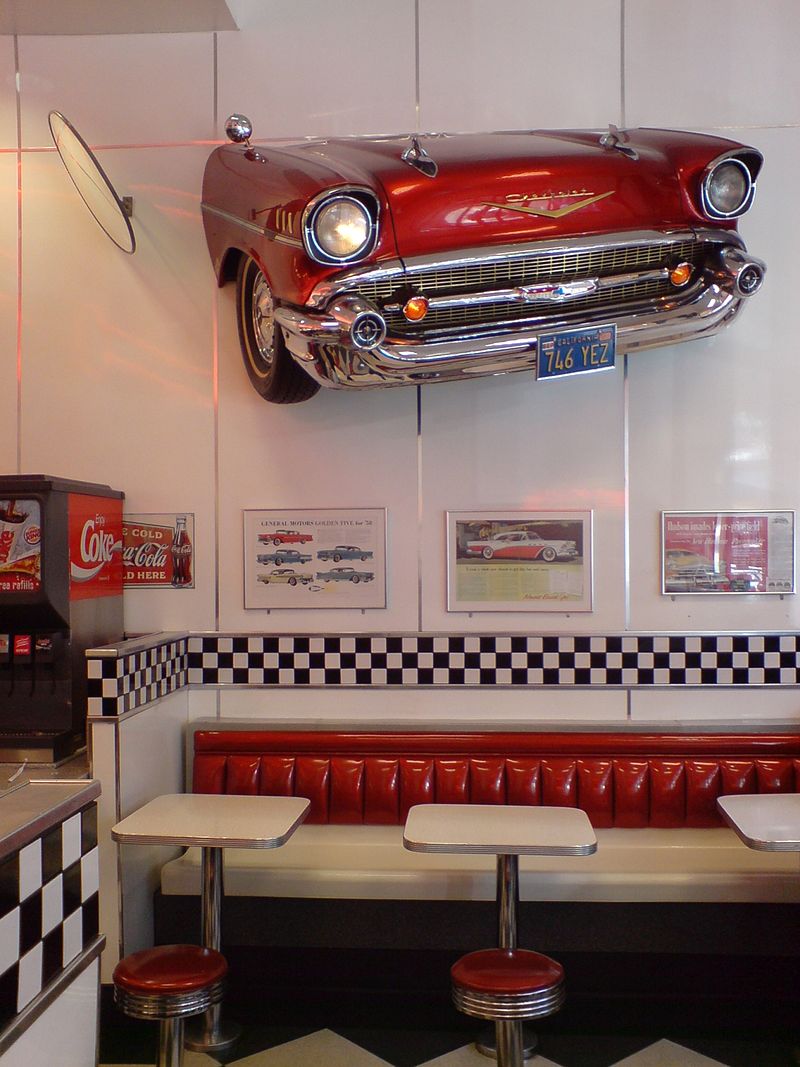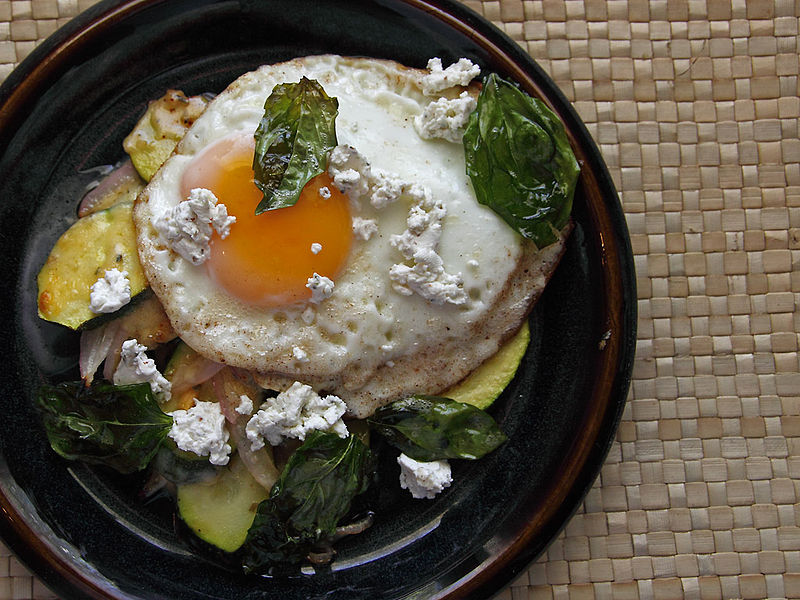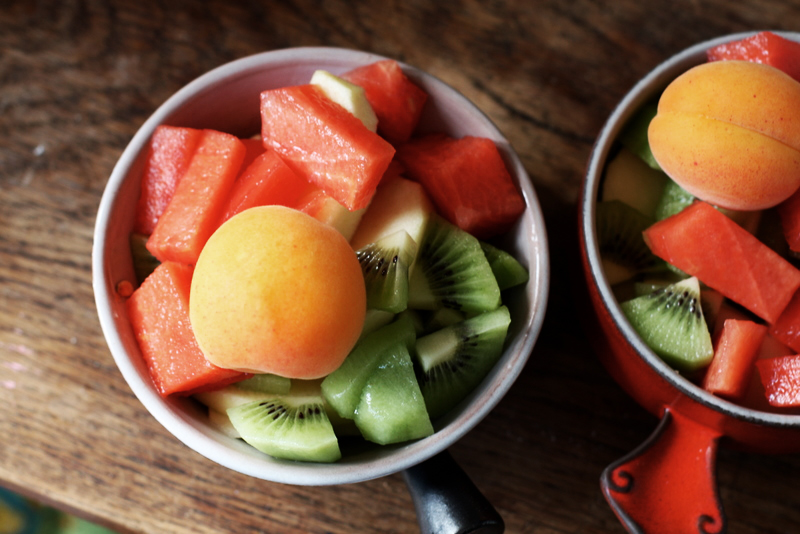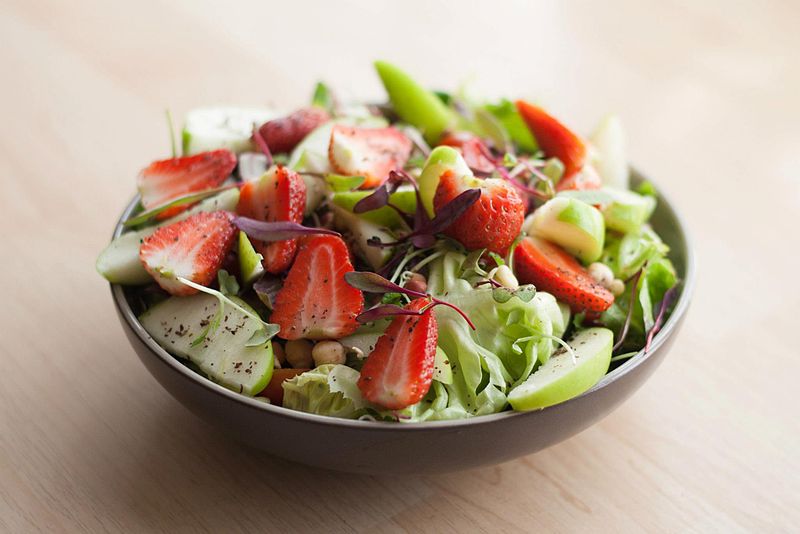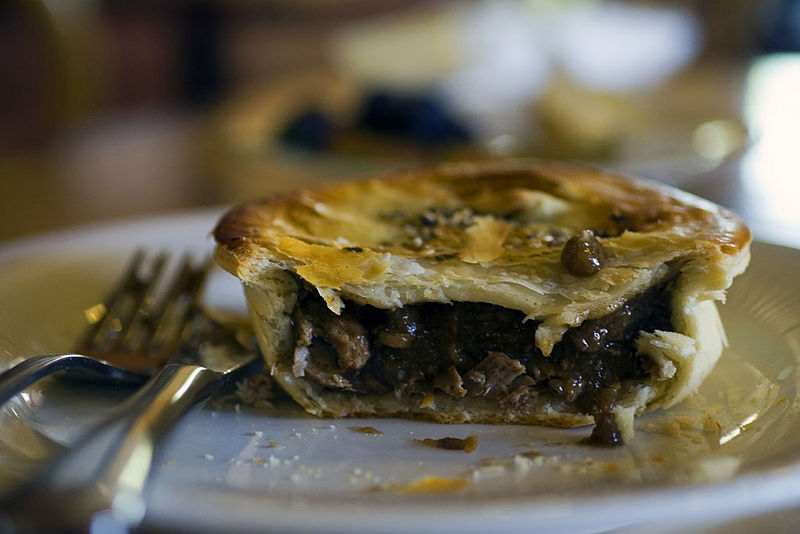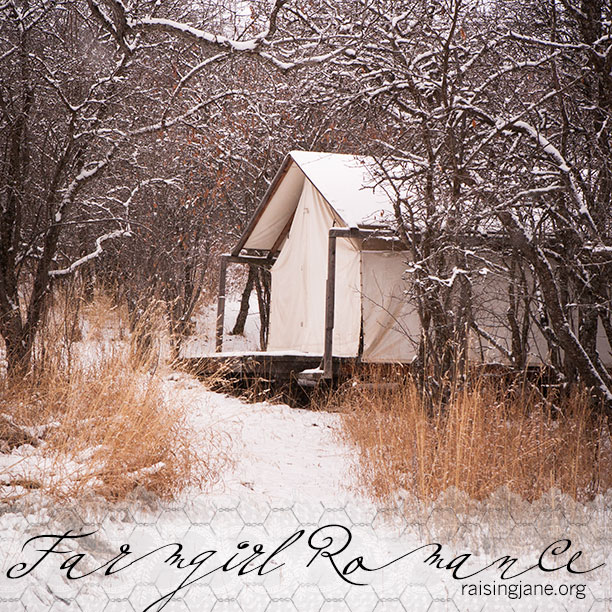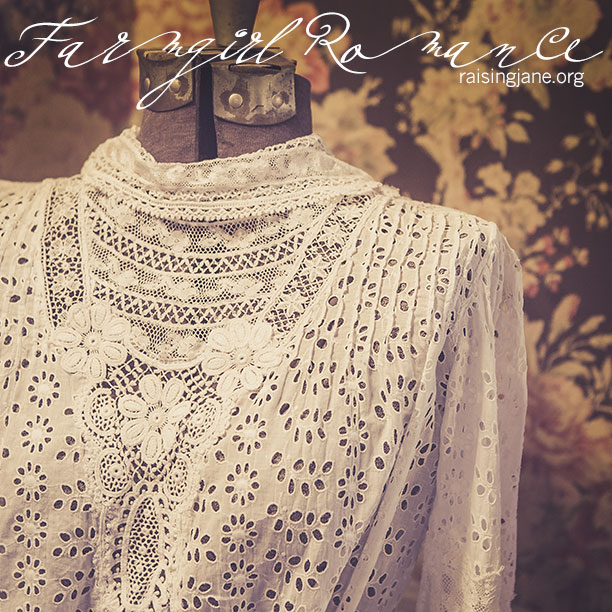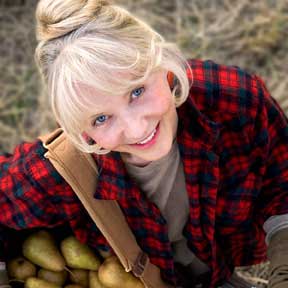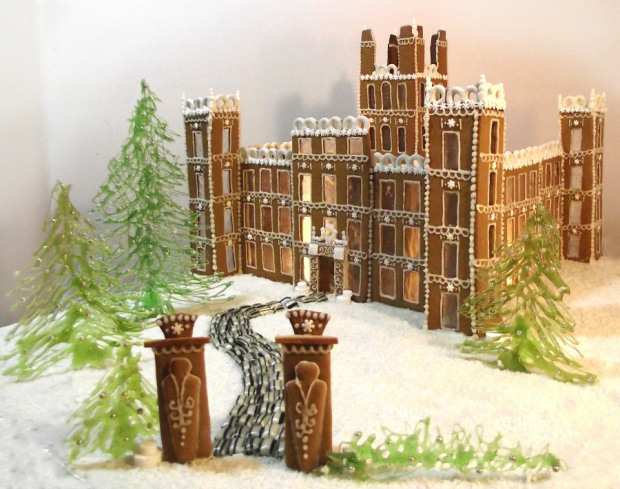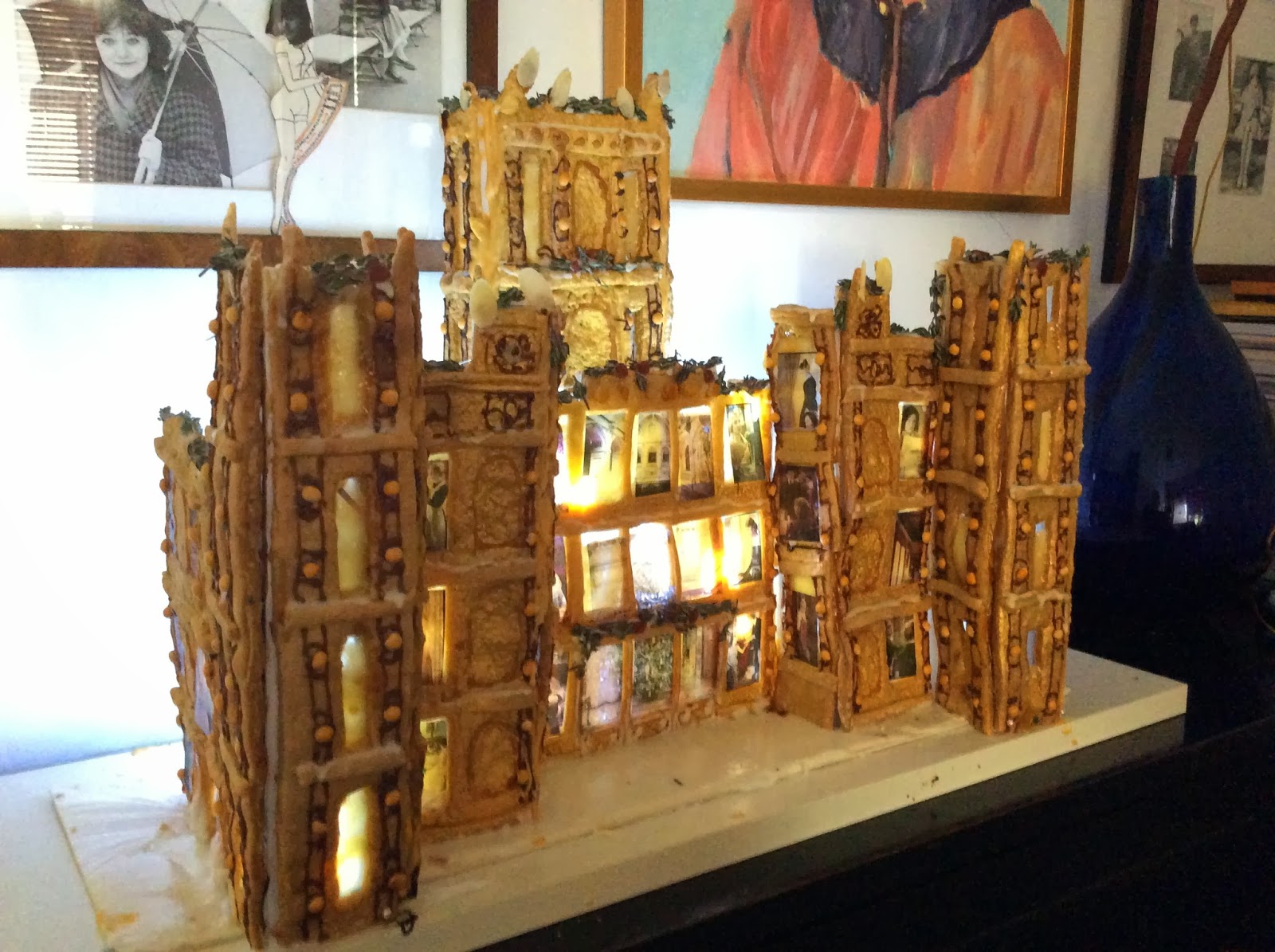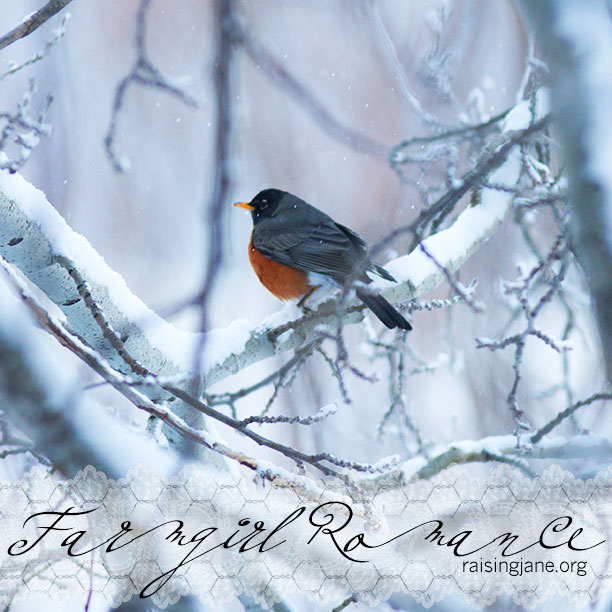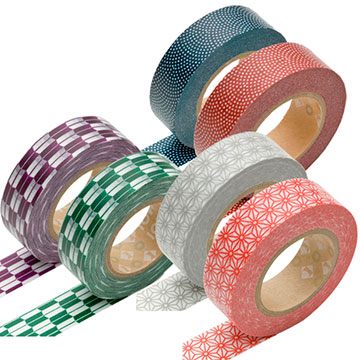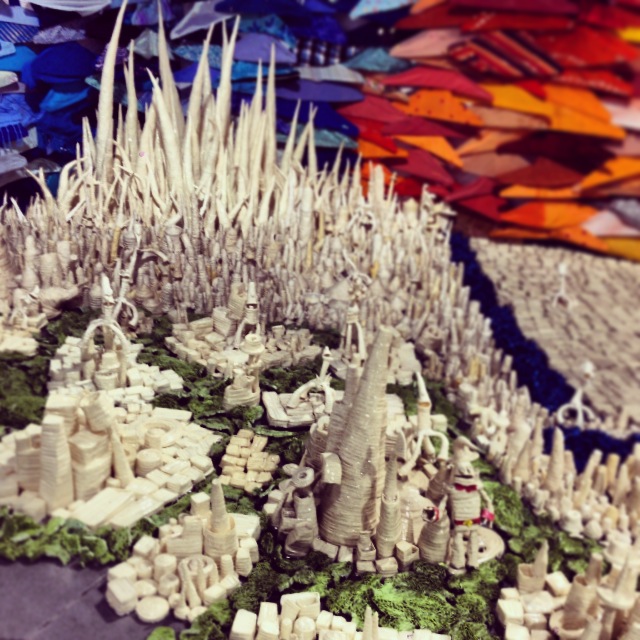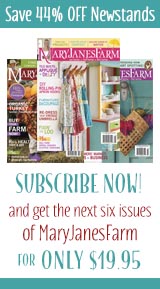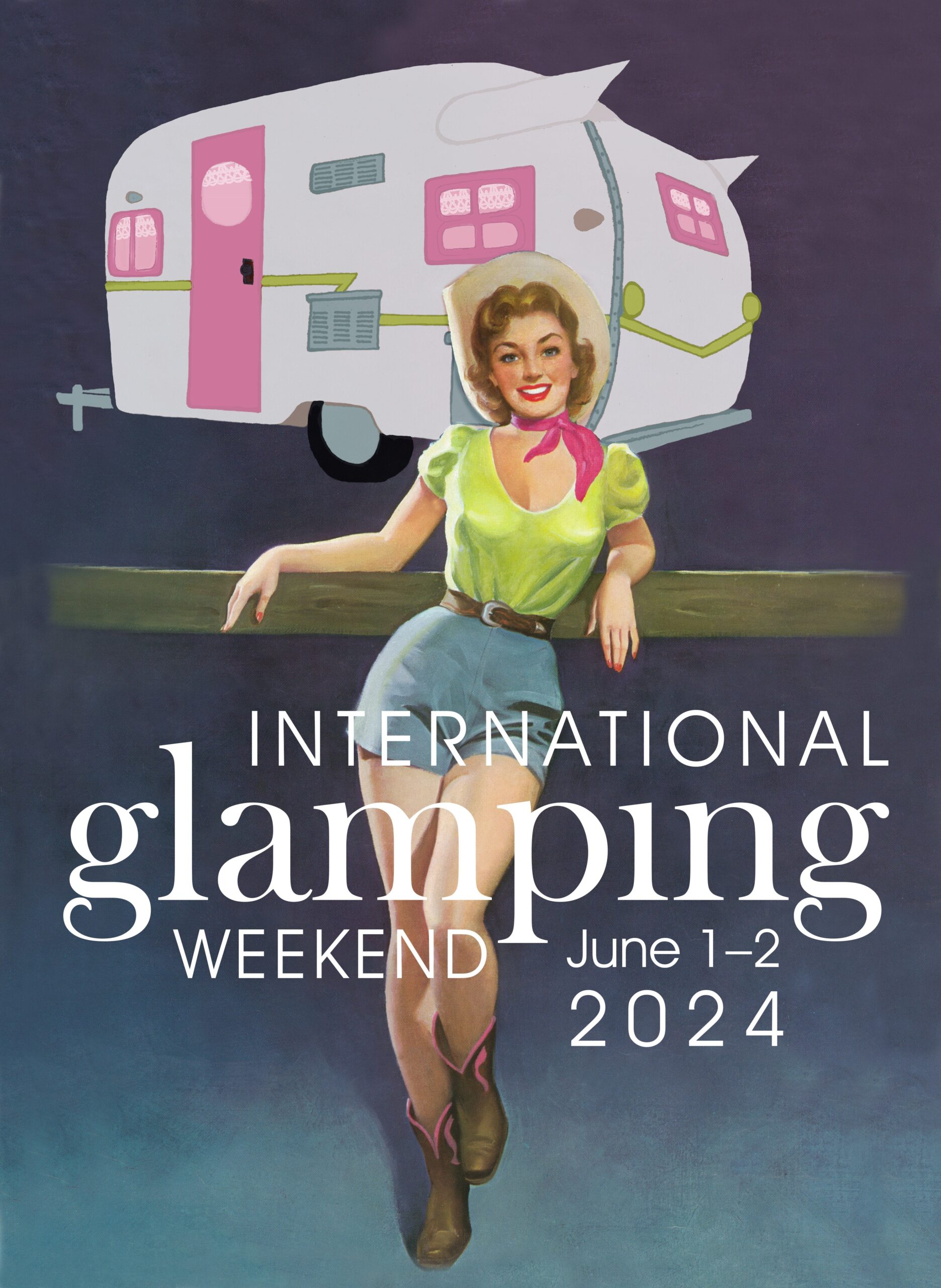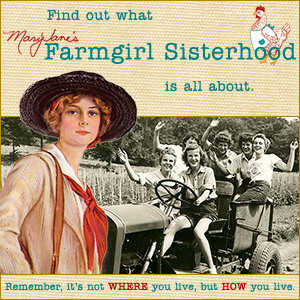Few destinations on Earth inspire such wintry notions in our imaginations as Iceland. I mean, the name alone is shivery, not to mention the landscape …
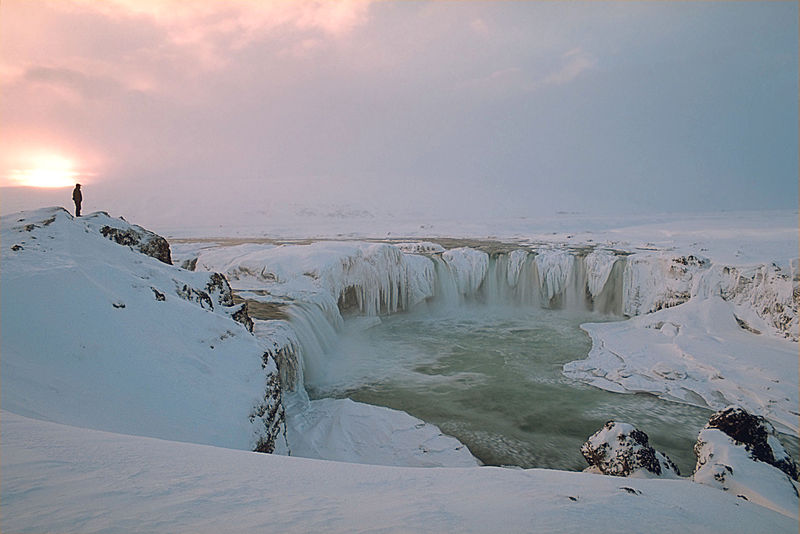
Photo of Sunset at Goðafoss in Winter, Iceland by Andreas Tille via Wikimedia Commons
Excuse me while I grab my parka.
Now that I’m sufficiently bundled, I hope you’ll don your warmest winter apparel and tag along to the far reaches of the far north, where sturdy little turf farmhouses are currently blanketed in snow and cloaked in darkness. That’s right—only four to six hours of skimpy sunlight each day. But don’t fret, there are wonders to behold …

Photo of the northern lights in Iceland by Francisco Diez via Wikimedia Commons
and laufabraud to be made!
“In Iceland, the beginning of the Christmas season means it’s time to make laufabraud, snowflake breads,” writes Linda Raedisch in The Old Magic of Christmas: Yuletide Traditions for the Darkest Days of the Year.
Laufabraud, which literally translates as “leaf bread” but is also known as snowflake bread, is a thin, circular cake fried in oil or lard. Intricate designs carved into each bread often look a bit like geometric leaves, hence the name. They remind me of the paper snowflake cut-outs that elementary school kids proudly bring home this time of year.

Photo courtesy of Nordic Thoughts
Fallegur! (That means “beautiful” in Icelandic—thanks Google Translate.)
“Laufabraud is an Icelandic Christmas tradition that originated in the north of the country. The bread possibly has a much older origin, but references to it in written sources appear around 1736 as the Icelanders ‘candy.'” explains worldly food enthusiast Esther Martin-Ullrich, who blogs at Why’d You Eat That?.
“Many families have their own personal traditions surrounding the bread,” says Martin-Ullrich. “They gather together in the beginning of December, usually on the first Sunday of Advent, and make a full day out of it. Groups of 12 to 15 can make several hundred cakes at a time. At the end of the day, the cakes are split evenly between all and are stored in cookie tins until Christmas. Recipes are passed down from mother to daughter, and there are also designs passed down through generations.”
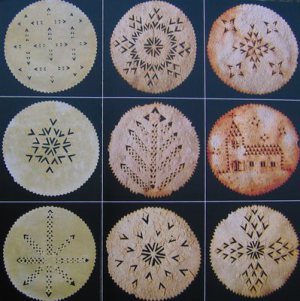
Photo courtesy of http://whydyoueatthat.wordpress.com/ 2011/12/01/day-1-laufabraud/
The patterns were traditionally created using a heavy brass roller called a laufabrauðsjárn (leaf bread iron) like the ones below, but they can also be cut by hand with a paring knife.
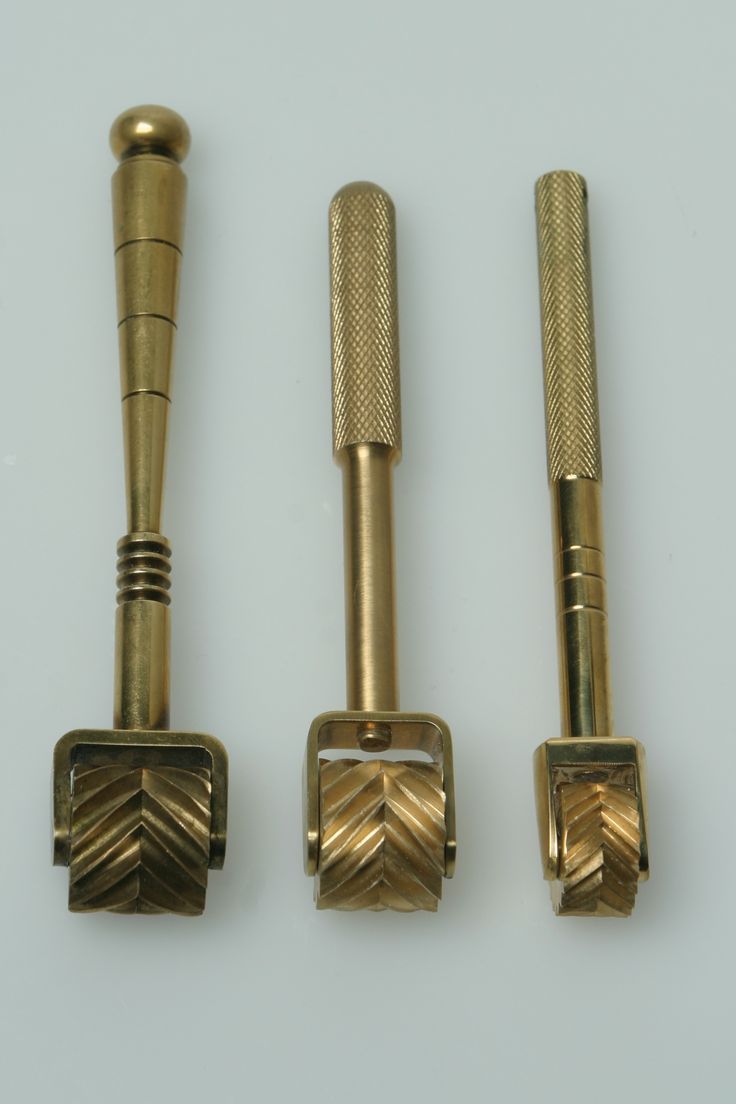
Photo courtesy of Islensk.is via Pinterest
Here’s a short video about the making of laufabraud:
Interested in bringing this unique Icelandic Christmas tradition home to your own kitchen and starting an old tradition anew? Learn how to make leaf bread with instructions and fabulous photos on
Saveur.com.
